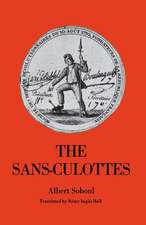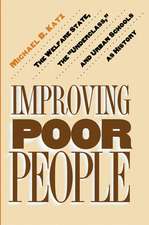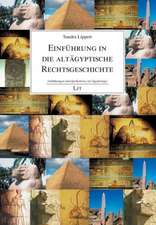A Traffic of Dead Bodies – Anatomy and Embodied Social Identity in Nineteenth–Century America
Autor Michael Sappolen Limba Engleză Paperback – 24 mai 2004
Preț: 346.77 lei
Nou
Puncte Express: 520
Preț estimativ în valută:
66.35€ • 72.30$ • 55.91£
66.35€ • 72.30$ • 55.91£
Carte tipărită la comandă
Livrare economică 23 aprilie-07 mai
Preluare comenzi: 021 569.72.76
Specificații
ISBN-13: 9780691118758
ISBN-10: 0691118752
Pagini: 448
Ilustrații: 83 halftones
Dimensiuni: 152 x 228 x 30 mm
Greutate: 0.78 kg
Ediția:Revised
Editura: Princeton University Press
Locul publicării:Princeton, United States
ISBN-10: 0691118752
Pagini: 448
Ilustrații: 83 halftones
Dimensiuni: 152 x 228 x 30 mm
Greutate: 0.78 kg
Ediția:Revised
Editura: Princeton University Press
Locul publicării:Princeton, United States
Notă biografică
Michael Sappol holds a Ph.D. in American history from Columbia University, where he was a finalist for the Bancroft Dissertation Award and a winner of the Whiting Foundation Dissertation Fellowship and the National Science Foundation Doctoral Dissertation Research Award. He is Curator at the National Library of Medicine, National Institutes of Health.
Descriere
Shows how nineteenth-century American physicians used anatomy to develop a professional identity, while claiming authority over the living and the dead. This book introduces the middle-class women and men, working people, entrepreneurs, and health reformers who resisted and exploited anatomy to articulate their own social identities and visions.
























